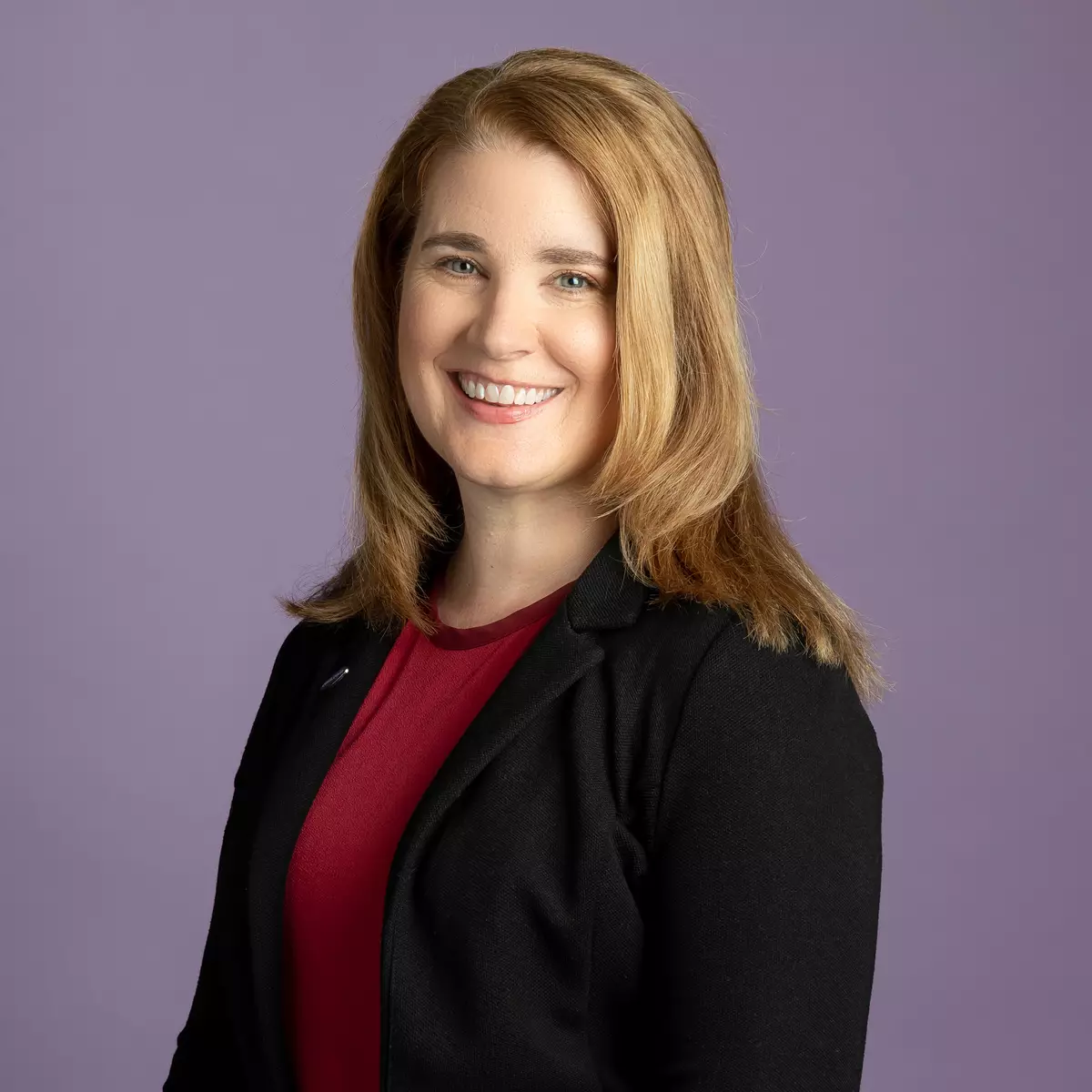How Do Car Seats Fit in a 2018 Toyota Sequoia?

CARS.COM — The Toyota Sequoia is a full-size SUV that’s made for hauling big families — or smaller families with big boats or campers. With seating for up to eight, this SUV can handle quite a few kiddos and their car seats, and thanks to its many cubbies, there are lots of places to tuck away all the stuff that comes with those kids. Our test Sequoia had second-row captain’s chairs, creating seating for seven occupants.
Despite its family-hauling prowess, it’s been 10 years since the Toyota Sequoia was last redesigned. And in his 2018 Sequoia review, PickupTrucks.com editor Mark Williams notes that Toyota’s full-size SUV is showing its age in its interior and exterior styling, gas mileage and dated technology.
How many car seats fit in the second row? Two
How many car seats fit in the third row? Two
Related: More Car Seat Checks
Solid
- Forward-facing convertible, third row, grade A: We used a seat belt to install this car seat in the third row. The forward-facing convertible fit well; the tether anchor was easy to find and use.
- Third-row access, grade A: Using the top lever on the captain’s chairs, the seatback folds forward and the whole seat slides forward, creating a wide walkway to the third row.
So-So
- Latch, second row, grade C: The lower Latch anchors sit under a leather flap that must be folded down to access them, but also under this slap is a piece of metal seat hardware that many parents may mistake for a Latch anchor. The tether anchors are found at the base of the captain’s chairs. They’re hard to find unless you’re looking for them. Many parents could forget to use this important safety feature.
- Infant seat, second row, grade B: We had to move the front passenger seat forward an inch to fit the rear-facing infant seat behind it. The 5-foot-8-inch passenger’s knee room was unaffected. The lower Latch anchor problems were also a concern.
- Rear-facing convertible, second row, grade B: This rear-facing car seat had plenty of room, but the lower Latch anchor problems weighed into its lower grade.
- Forward-facing convertible, second row, grade B: This car seat fit well in the Sequoia, but the confusing lower Latch anchors and hard-to-find tether anchor contributed to its grade of B.
- Booster seat, second row, grade B: After we removed the head restraint, this car seat fit well. The only hiccup with this seat is the floppy seat belt buckles. An elastic band keeps the buckle flush with the seat cushion, but we think this combination will make it tough for young kids in booster seats to grasp the buckle.
- Latch, third row, grade B: There aren’t any lower Latch anchors for car-seat installation, but there is one tether anchor, which is found in the middle seat position. It sits under a hinged plastic flap and is easy to find and use.
- Booster seat, third row, grade B: In the third row, the booster seat fit well, but the seat belt buckles are floppy.
Skip It
- None
Grading Scale
Solid indicates an A grade for optimum ease-of-use and fit. So-so indicates B or C grades for one to two ease-of-use or fit issues. Skip it indicates D or F grades.
A: Plenty of room for the car seat and the child; doesn’t impact driver or front-passenger legroom. Easy to find and connect to Latch and tether anchors. No fit issues involving head restraint or seat contouring. Easy access to the third row.
B: One room, fit or connection issue. Some problems accessing third row when available.
C: Marginal room plus one fit or connection issue. Difficult to access third row when available.
D: Insufficient room, plus multiple fit or connection issues.
F: Does not fit or is unsafe.
About Cars.com’s Car Seat Checks
Editors Jennifer Geiger, Jennifer Newman and Matt Schmitz are certified child safety seat installation technicians.
For the Car Seat Check, we use a Graco SnugRide Classic Connect 30 infant-safety seat, a Britax Marathon convertible seat and Graco TurboBooster seat. The front seats are adjusted for a 6-foot driver and a shorter passenger. The three child seats are installed in the second row. The booster seat sits behind the driver’s seat, and the infant and convertible seats are installed behind the front passenger seat.
We also install the forward-facing convertible in the second row’s middle seat with the booster and infant seat in the outboard seats to see if three car seats will fit; a child sitting in the booster seat must be able to reach the seat belt buckle. If there’s a third row, we install the booster seat and a forward-facing convertible. Learn more about how we conduct our Car Seat Checks.
Parents should also remember that they can use the Latch system or a seat belt to install a car seat, and that Latch anchors have a weight limit of 65 pounds, including the weight of the child and the weight of the seat itself.
Cars.com’s Editorial department is your source for automotive news and reviews. In line with Cars.com’s long-standing ethics policy, editors and reviewers don’t accept gifts or free trips from automakers. The Editorial department is independent of Cars.com’s advertising, sales and sponsored content departments.

Editor-in-Chief Jennifer Newman is a journalist with more than 25 years of experience, including 15 years as an automotive journalist at Cars.com. Jennifer leads the Editorial team in its mission of helping car shoppers find the vehicle that best fits their life. A mom of two, she’s graduated from kids in car seats to teens behind the steering wheel. She’s also a certified car-seat technician with more than 12 years of experience, as well as member of the World Car Jury, Automotive Press Association and Midwest Automotive Media Association. LinkedIn: https://www.linkedin.com/in/jennilnewman/ Instagram: @jennilnewman
Featured stories

15-Year Car Loans Aren’t a Thing, But Americans Are Getting More Comfortable With Long Loan Terms

2025 Kia Telluride Review: Rougher Roads Ahead



